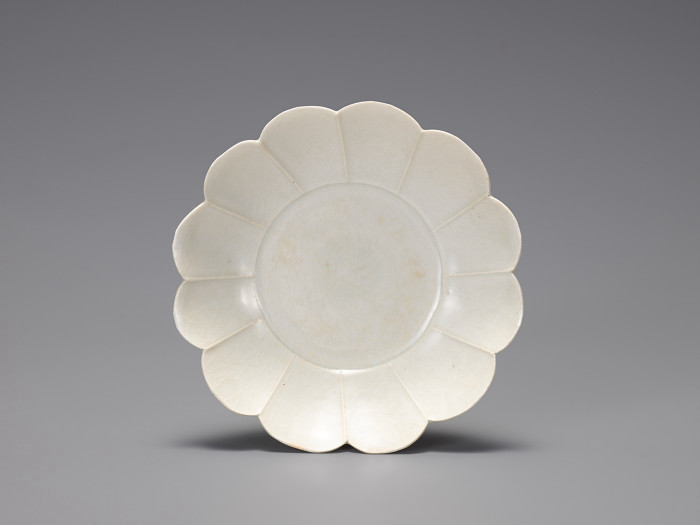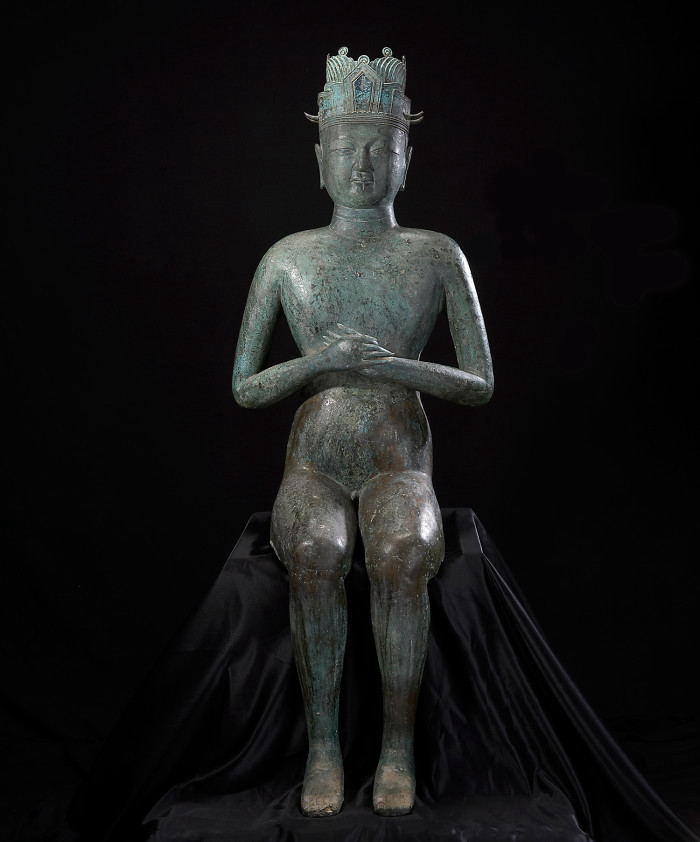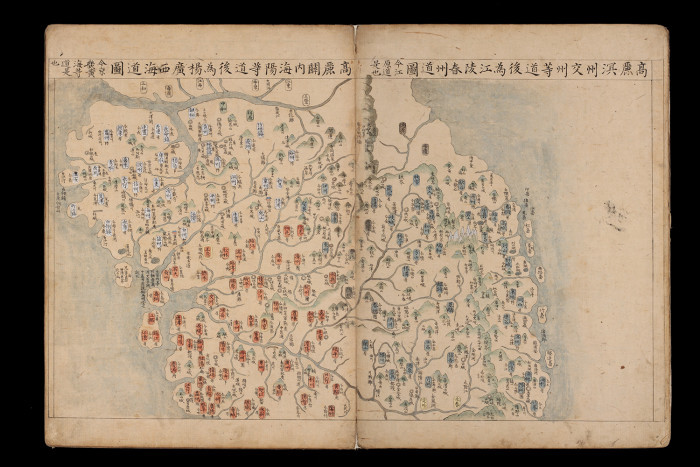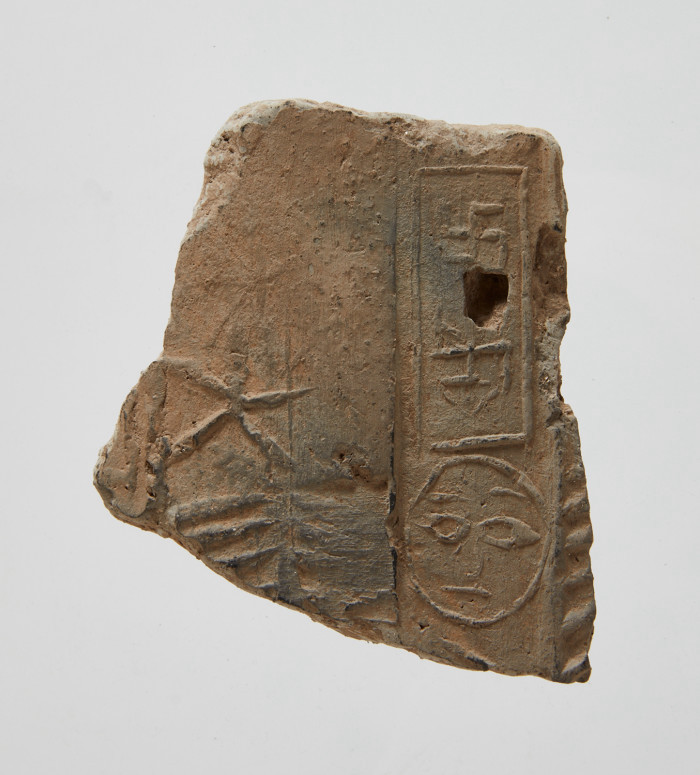GyeongGi Cultural Foundation
Goryeo, the center of the world
The 2020 Joongbu Ilbo series 〈Gyeonggi-do Museum〉 is a content produced in a total of 10 series by the GyeongGi Provincial Museum, which has undergone a complete reorganization of the exhibition hall in celebration of the 25th anniversary of its opening. If you would like to see more detailed 〈Gyeonggi Province Museum〉, you can enjoy it in the original text on the Jungbu Ilbo website. |
The center of the world, Goryeo, the center of Goryeo, the worldview of East Asia in the 10th and 13th centuries
There were several countries in East Asia in the 10th and 13th centuries. In the first half of the 10th century, in central and southern China, the 5 generations of Huliang, Fudang, Fujin, Fuhan, and Fuzhou, and the five generations of the five, Namdang, May, Min, Hyungnam, Early, South Korea, Jeon Choo, Hoo Cho and North Korea. They were unified by song. In the northern part of the country, there was a Yo (遼) of the Guran tribe who destroyed the Balhae of Goguryeo-dwellers and Malgal tribes (the first half of the 10th century). The Yo dynasty was also destroyed by the gold of the Rujin tribe (the first half of the 12th century). In addition, in the northwestern part of China, there was the west river of Tibetan, and in the south of Goryeo was Japan. All of them had a worldview (a view of the world) that they are the center of the world. The same was true of Goryeo.
They operated an emperor system to rule their own world. The kings of each country were called the Emperor and Emperor, and the state system that supported them was operated. Yet, if the balance of power in exchanges was similar, they had a relationship with Gyorin, and if they were not focused on the other, they formed a four-to-one relationship, serving the emperor, a country with a small country and a large emperor. However, even if they had a private relationship, the emperor system in Korea remained in operation. Songs in southern China and Qilan in the north were competing with each other, claiming to be losers in East Asia, but Song once formed a four-year relationship with Qilan. In a memorandum sent from the Geum Dynasty to Goryeo, the king of Goryeo was written as "Emperor of Goryeo."

[Photo] Blue and white flower-shaped plate
It is a flower shape that came to Goryeo from the Song Dynasty. It shows the exchange relationship between the two countries. Collection of the National Museum of Korea
The center of the world, Haedong is considered
The world operated by Goryeo was Haedongcheonha (海東天下). “Haedong” means “east of the Chinese sea” geographically, and has been used in East Asian countries to refer to us since the pre-Koryo period. Goryeo people called “Haedong” (Koryo) as Byeolgeongon (別乾坤), meaning that it has a historical culture that is distinct from China. Here, ‘Geon-gon’ means ‘heaven and earth’ and ‘the world’. Another ‘Geon-gon (world)’ that is clearly distinguished from China was Haedongcheonha Goryeo.
Goryeo internally and externally advocated the country of the emperor. Many countries in East Asia used an era as a symbol that their world received their own heavenly mandate, and the era of King Taejo Wanggeon in Goryeo was “Cheonsu”. It means that the founding of Goryeo was in accordance with the orders received from heaven. At that time, people used the years of Taejo 1, Taejo 2, etc. that we are using as the 1st and 2nd years of the thousands. In addition, his son, Gwangjong, enacted an era called “Junpung”.
In 1992, during the renovation of the Hyeonneung (Wanggeonneung) in Kaesong, a life-size statue of Wang Geon, the Haedong Cheonja, was recovered. This bronze statue was created during the Gwangjong period when Gaegyeong, the capital city, was designated as the Hwangdo, as another device of the emperor's kingdom, and was enshrined in a temple called Bongeunsa, which was erected in honor of King Taejo. The nude Wang Geon-sang, wearing the emperor's Tongcheon-gwan on his head, was seated, and he wore the emperor's clothes, Hwang-ui (黃衣) or blue-gui (靑衣), alternately each year, and wore a jade belt. The Goryeo imperial family prayed for the peace of the country by offering rituals whenever nationally important decisions such as the annual festival in February, the date in June, and the Cheondo were made. After the founding of the Joseon Dynasty, it was moved to Soonguijeon (Yeoncheon), which was built as a shrine for the royal family of the Goryeo Dynasty, and was found buried in the vicinity of the royal tomb along with a portrait of another Goryeo emperor during King Sejong.

[Photos] King Taejo Wang Geonsang Wang
Geonsang wore a yellow robe that symbolizes the emperor, and made up the face, lips, and eyes with dyes just like a living person. It is currently in the collection of the Joseon Central Historical Museum in Pyongyang.
In Goryeo, the Emperor Wangbu (諸王府) was operated. Except for the emperor and prince, princes and princesses belonged to this, and were enclosed in the case of men as Joseon Gong, Nakrang Guk, Jin Korea, and women as Joseon Godfather and Byeon Korea Godfather. It was meant to inherit the history and culture of countries that preceded Goryeo. In addition, Yeojin and Tamra were regarded as benevolent nations, and in Goryeo, the chief was given a head office, and the envoys attended the representative festival, Palgwanhoe, and presented a gift to the Goryeo emperor. At this time, Arabic merchants as well as Song, Georan, Japan and Southeast Asia attended and traded. Currently, Byeokrando, located in Sinseo-ri, Gaepung District, Gaeseong City, was the center of trade, and there was Byeokranjeong, an inn for foreign merchants.
The center of Goryeo, Gyeonggi
In our history, the “Gyeonggi” system began in 1018 (Koryo Hyeonjong 9). “Gyeonggi” in the Goryeo Dynasty consisted of 12 to 13 counties (si and counties) covering the Hwangdo Island and northern Gyeonggi Province, centering on Gaegyeong (Kaeseong), the ecliptic of Goryeo. At this time, “Gyeonggi” was also called Hwanggi, but it was a little different from the current state because it belongs to the city of Sangseo, the current Prime Minister's office, or a special administrative district called the Kaesongbu. The Gyeonggi people were Hwang Gi-in (皇畿人).


<Copyright(c)2002 GGC All rights reserved.>
- Writer
- GyeongGi Cultural Foundation
- About
- Everything about the GyeongGi arts and culture, GGCF
- homepage
- https://www.ggcf.kr/